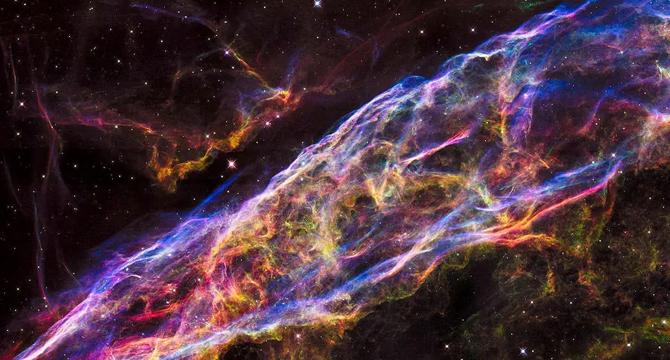Knowridge
4w
187

Image Credit: Knowridge
Can any nearby supernova cause a mass extinction
- A nearby supernova can cause mass extinction by breaking up the ozone layer on Earth, leaving it vulnerable to ultraviolet radiation from the Sun.
- The dangerous outputs of a supernova, such as X-rays and gamma rays, can tear apart molecules and cause the formation of nitrogen oxides, including nitrous oxide (laughing gas).
- Without the ozone layer, photosynthetic microorganisms like algae become vulnerable, leading to ecosystem collapse and a mass extinction.
- However, there are no known supernova candidates within 30 light years of Earth, providing a relief from the potential danger.
Read Full Article
11 Likes
For uninterrupted reading, download the app